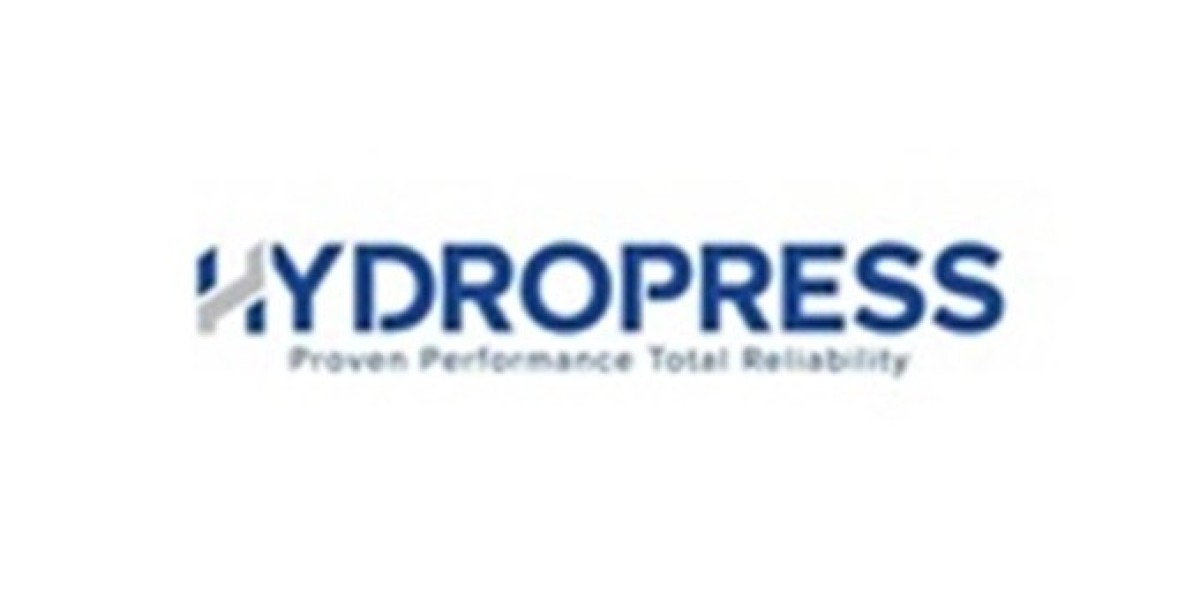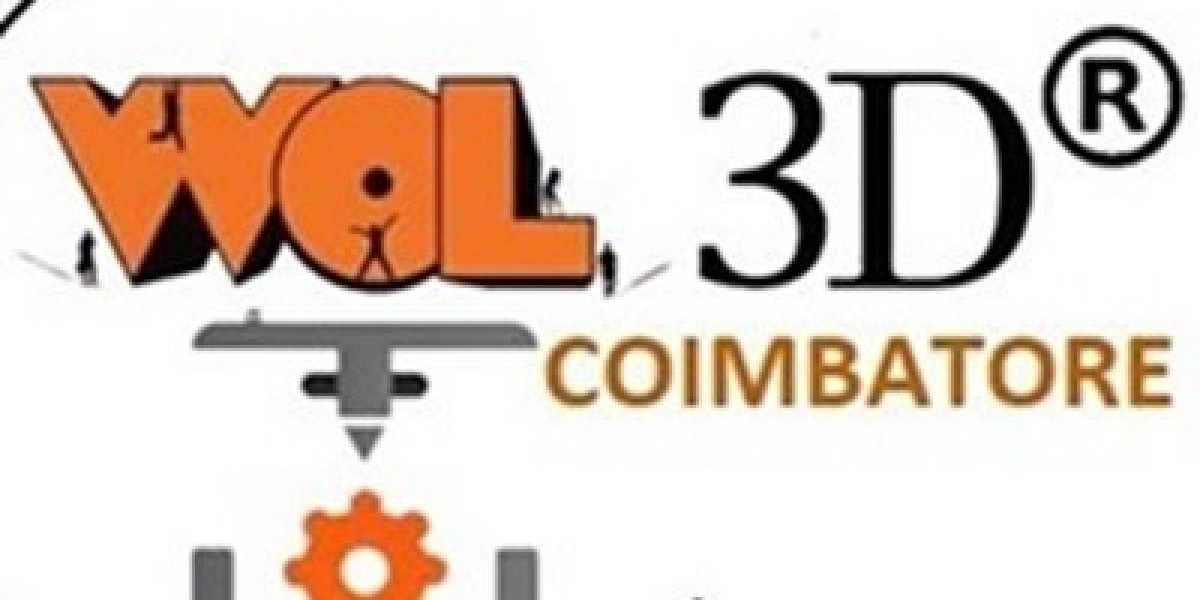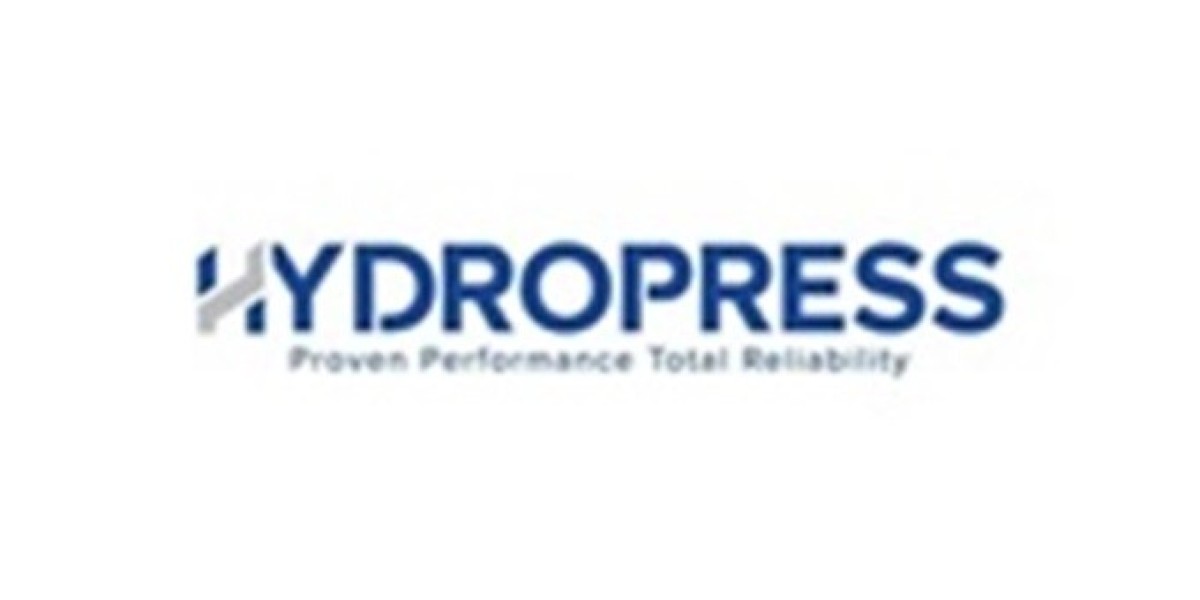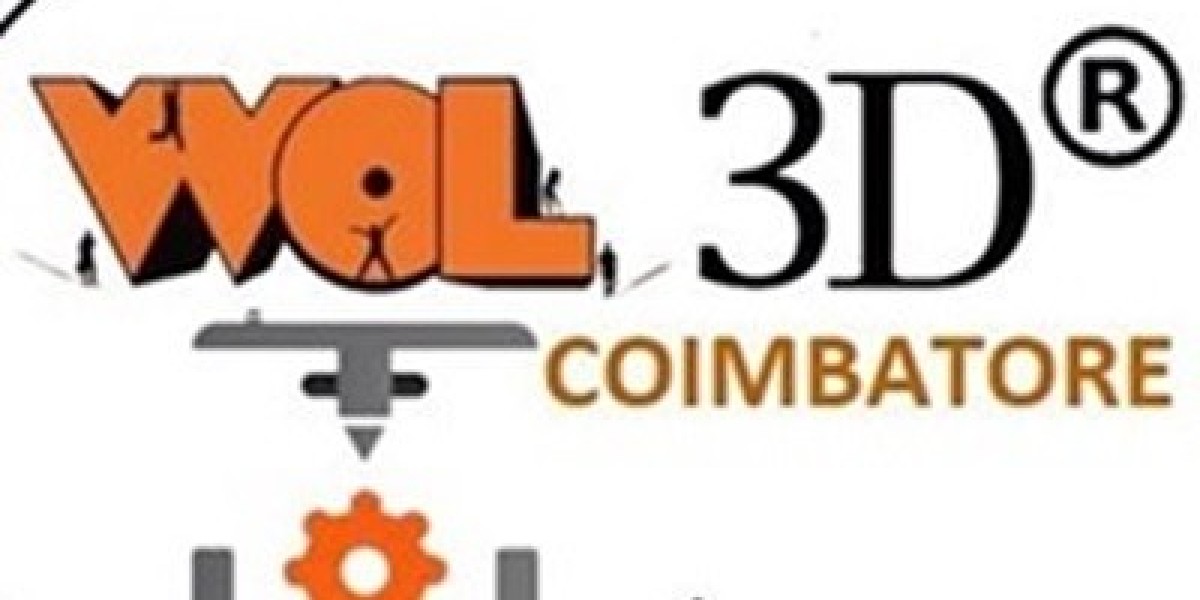Fiber laser welding is an advanced welding technique that uses a high-intensity fiber laser beam to join metals. Unlike traditional welding methods, fiber lasers offer superior beam quality, narrower weld seams, and minimal heat distortion, making it ideal for both micro-welding and high-strength industrial applications.
It’s rapidly becoming the go-to solution for automotive, aerospace, electronics, and precision fabrication industries due to its ability to weld even reflective and hard-to-weld materials like copper, aluminum, and stainless steel.
Why Industries Are Shifting Toward Fiber Laser Welding
| Feature | Fiber Laser Welding | Traditional Welding (TIG/MIG) |
|---|---|---|
| Heat Affected Zone (HAZ) | Very Low | High |
| Penetration Depth | High, with minimal distortion | Variable, often inconsistent |
| Weld Speed | Fast | Slower |
| Material Compatibility | Wide Range | Limited |
| Maintenance Requirement | Low | Moderate to High |
| Post-processing Needs | Minimal | Often Required |
Key Benefits of Fiber Laser Welding
? Minimal Warping: Excellent for thin metals and precision parts.
? High-Speed Production: Boosts manufacturing efficiency.
? Non-contact Process: Less wear and longer equipment life.
? Cleaner Welds: Reduces need for finishing or grinding.
? Flexible Automation: Easily integrated with CNC and robotic systems.
? No Filler Required: Ideal for cosmetic welding and microfabrication.
How Does Fiber Laser Welding Work?
Fiber lasers use a fiber optic cable to deliver a focused beam to the welding surface. This beam has extremely high energy density, which quickly melts the base materials, forming a deep and narrow fusion weld. Because it's so precise, less energy is wasted, and the heat stays concentrated.
Core Components of the System:
Laser Source (Fiber Laser Generator)
Beam Delivery System
Cooling System
Welding Head
CNC/Robotic Arm (Optional for automation)
Applications of Fiber Laser Welding Across Industries
? Automotive
Battery tabs in EVs
Transmission parts
Exhaust sensors
? Aerospace
Titanium alloy components
Fuel injector assemblies
? Electronics
PCB soldering
Microwelding of connectors and leads
? Tooling and Manufacturing
Stainless steel tools
Aluminum frames and chassis
? Jewelry and Watches
Precision joining of precious metals
Decorative and seamless welds
Challenges Solved by Fiber Laser Welding
| Challenge | Fiber Laser Welding Solution |
|---|---|
| Welding reflective metals | Stable process with proper wavelength management |
| Heat-sensitive components | Low heat input minimizes damage |
| Weld quality in mass production | Consistent, repeatable results with real-time monitoring |
| Delicate or intricate joints | Microwelding capability with micron-level precision |
Is Fiber Laser Welding Right for You?
Ask these questions:
Are your current welds inconsistent or hard to automate?
Are you working with high-strength alloys or reflective metals?
Do you need cosmetic-quality welds with no post-processing?
Do you want to reduce cycle time in manufacturing?
If the answer is yes to any, fiber laser welding could dramatically improve your operation.
Common Myths About Fiber Laser Welding
❌ “It’s only for big factories.”
Fiber laser systems come in handheld, benchtop, and automated formats, making them accessible even for small workshops or prototyping labs.
❌ “It can’t weld thick materials.”
With the right power and settings, fiber lasers can weld up to 20mm thick stainless steel or aluminum with pre-heating.
❌ “It’s too expensive.”
Initial investment is higher, but lower maintenance, no consumables, and faster throughput reduce long-term operational costs.
Interactive Table: Comparing Fiber Laser Welding Types
| Type | Power Range | Best For | Notes |
|---|---|---|---|
| Handheld Fiber Welder | 1000W–2000W | On-site repairs, mid-sized fabrication | Portable, simple operation |
| Desktop Fiber Welder | 500W–1500W | Electronics, fine metalwork | Ideal for jewelry, labs |
| High-Power CNC Fiber | 2000W–6000W+ | Industrial automation, heavy-duty | Often paired with robots |
FAQs About Fiber Laser Welding
Q1: What materials can fiber lasers weld?
A1: Stainless steel, carbon steel, aluminum, copper, titanium, brass, and nickel alloys. Coated or reflective surfaces may require proper setup but are very much weldable.
Q2: What’s the thickness limit for fiber laser welding?
A2: With high power settings, up to 20mm for stainless steel. Aluminum typically tops out at 10–12mm depending on alloy and design.
Q3: Can it replace TIG or MIG entirely?
A3: Yes, in many cases, especially where precision, speed, and automation are priorities. However, traditional methods may still be used for large structural welds or in field repairs where lasers aren't feasible.
Q4: How does it handle dissimilar metals?
A4: Excellent results with proper joint design, beam offsetting, and pulsed welding mode to manage heat flow.
Q5: Is shielding gas needed?
A5: Yes, typically argon or nitrogen to prevent oxidation and improve weld quality.
Welding Modes Available in Fiber Laser Systems
Continuous Wave (CW) – Best for deep weld penetration.
Pulsed Mode – Used for delicate or thin components to avoid burn-through.
Modulated Wave – Offers fine control over energy delivery in real-time.
Optimized Settings Matter
| Parameter | Typical Range | Effect |
|---|---|---|
| Power Output | 500W to 6000W | Controls depth and width of weld |
| Focus Position | -2mm to +2mm from surface | Affects penetration and bead shape |
| Welding Speed | 10 mm/s to 200 mm/s | Impacts fusion, heat input, and HAZ |
| Pulse Frequency | 10Hz – 500Hz (for pulsed mode) | Controls heat input and appearance |
Proper calibration of these parameters ensures repeatable and clean welds, with minimal spatter and no porosity.
Safety and Maintenance Tips
? Always use laser safety goggles matching your system's wavelength (typically 1064nm).
? Secure the welding zone with proper interlocks and shielding.
❄️ Regularly clean optics and lens assemblies to maintain beam quality.
⚙️ Schedule preventive maintenance checks every 500–1000 hours.
Expert Insight: Why Fiber Lasers Are the Future
Fiber lasers dominate the next-generation welding landscape because they adapt to modern production needs:
They support Industry 4.0 integration
Offer real-time quality monitoring
Reduce dependency on skilled manual welders
Enable digital traceability of every weld seam
Industries are increasingly designing products around laser welding instead of retrofitting old designs to it.
Pro Tips from Welding Engineers
✔️ Pre-clean surfaces to avoid contaminants that interfere with the beam.
✔️ Use collimating optics for deep weld penetration in thick parts.
✔️ Add oscillation patterns (circle, spiral) in the beam path to strengthen the weld.
✔️ For aluminum, preheat with hot gas or resistance heater to reduce cracking.
✔️ Test your joint design with samples before scaling production.
Final Takeaways in One Glance
⚡ Faster welds, less heat
? Low maintenance, long equipment life
? Easy automation and smart control
? Eco-friendly—less waste and no consumables
Fiber laser welding isn’t just a trend—it’s a paradigm shift in manufacturing processes, enabling cleaner, more efficient, and scalable solutions for the factories of tomorrow.








